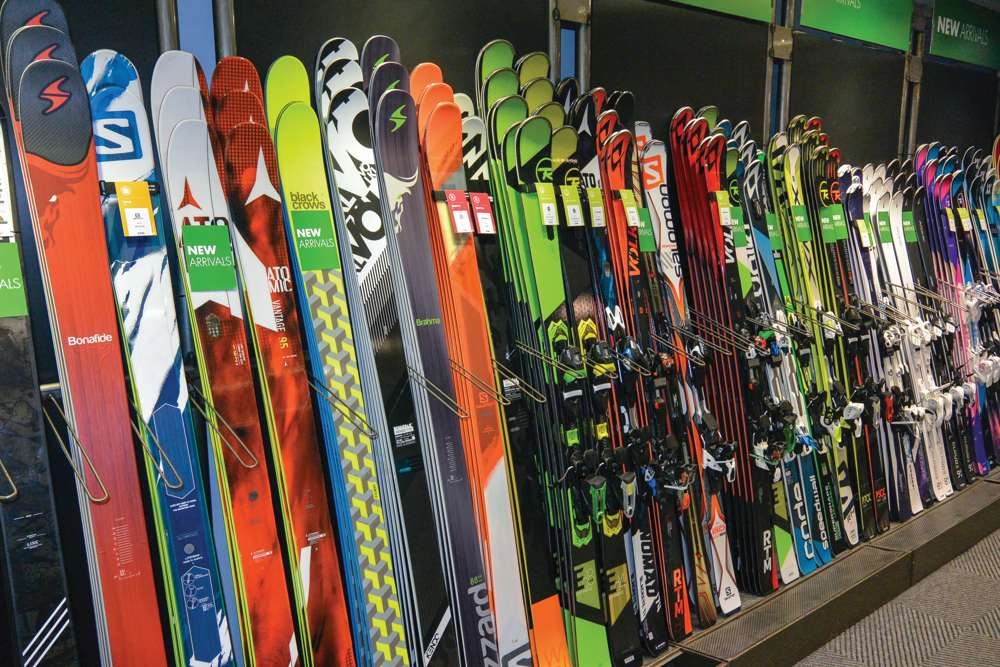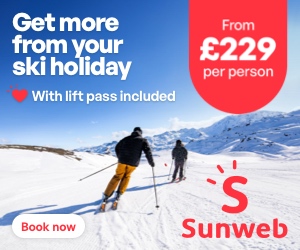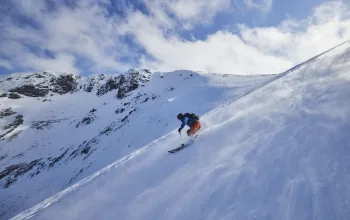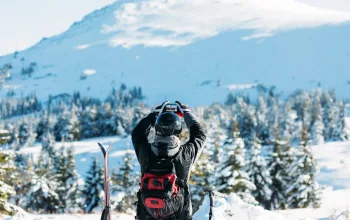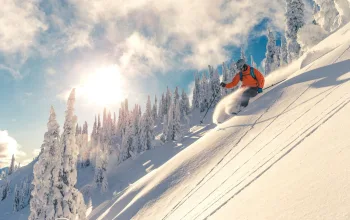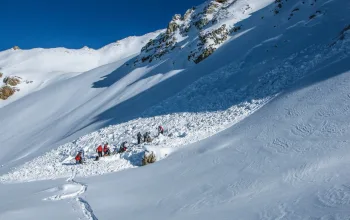What type of rider are you?
The first thing to do when looking to buy new skis and boots is to nail down your riding style and skill level. It's important to be honest with yourself at this stage as over-egging your abilities will result in you walking out of the shop with the wrong kit.
Ski Lengths
As a general rule, piste skis should come up to between chin and eye level, all-mountain skis to between nose and forehead level, and freeride skis from forehead and up. Your skill level will also affect the length to an extent, with shorter skis usually being easier to handle than their longer counterparts. Also consider that If you're particularly heavy or light for your height you should go up or down a few centimetres in ski length to compensate.
Radius
A piste ski will have a short sidecut radius, as you look down the length of the ski there will be a pronounced curve between the nose and tail. This makes for quick turns and easy turn initiation but the resulting narrow waist won't provide much float in powder. A freeride ski will have a shallower radius - the curve down the length of the ski is much less pronounced. This allows the skis to be much wider underfoot making them very stable off-piste but potentially difficult to handle on-piste. All-mountain skis aim to strike a balance between the two with a radius that gives enough stability off-piste without damaging on-piste performance.
Camber profiles
If you lay a ski down on the floor or a table and look at it side on, you'll notice that the base rises and falls along its length. Imagine a banana balanced on its side. If the ends of the banana are touching the surface it can be said to have a traditional or positive camber profile, if the middle is touching it has a rocker, or banana, profile.
As a general rule of thumb if you want a piste orientated ski look for one with a positive camber profile for maximum contact and therefore control along the length of the ski. If you're main playground is in the deep stuff you'll want a rocker (banana shaped) profile which provides maximum float in powder thanks to the rising tip naturally pushing you up as you move through the snow.
All this being said, camber profiles have radically changed in recent years and typically most new skis now feature a baffling array of mixes of camber and rocker along the length of the ski in an attempt to work in a wider array of terrain and conditions.
Boots
It's amazing how many skiers seem content to put up with uncomfortable or downright painful ski boots. To avoid this, buy from a reputable ski shop and have your boots fitted in store by a qualified and experienced fitter.
This may involve some or all of the following:
Accurate sizing (width as well as length)
Flex
Gender specific boots
Having the liner fitted
Getting decent foot-beds. These may be either off the shelf or custom made, as it's not often that the foot-beds supplied with your boots will really be up to the job of correctly supporting your unique foot shape.


